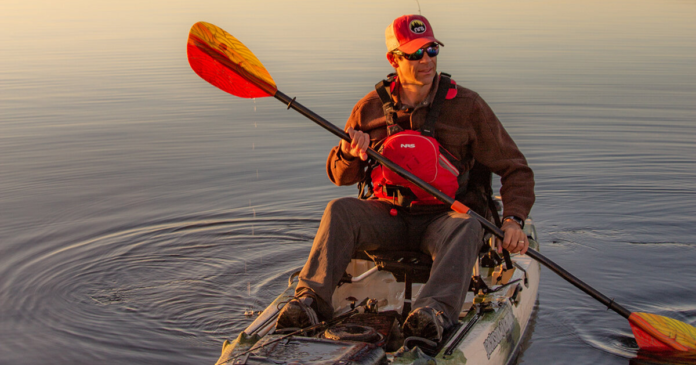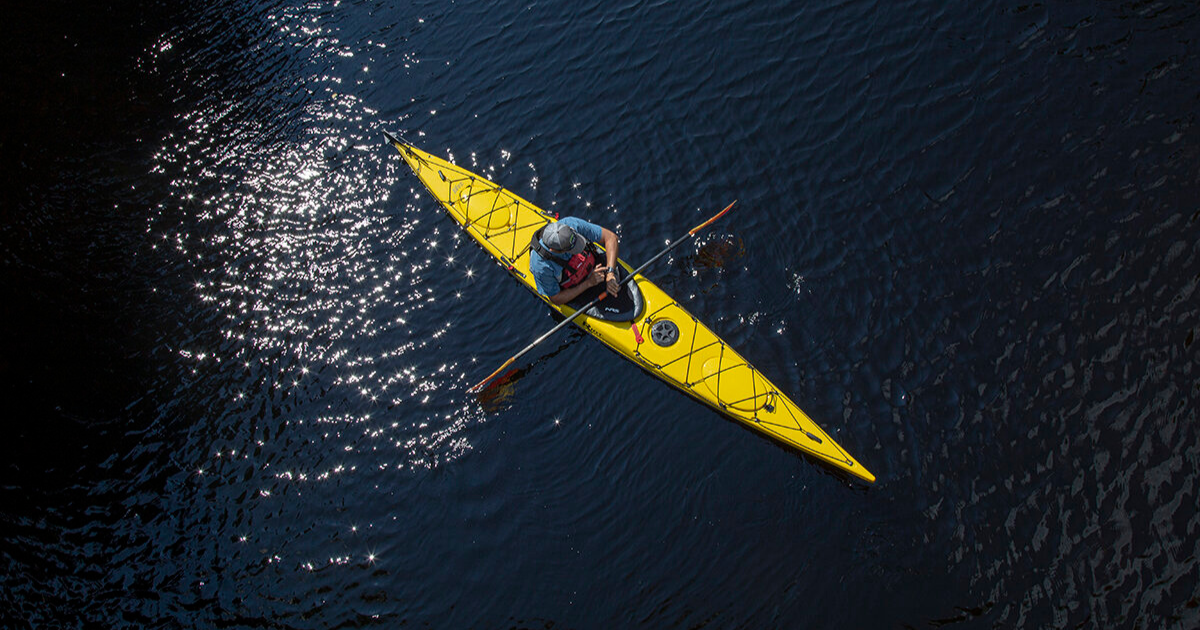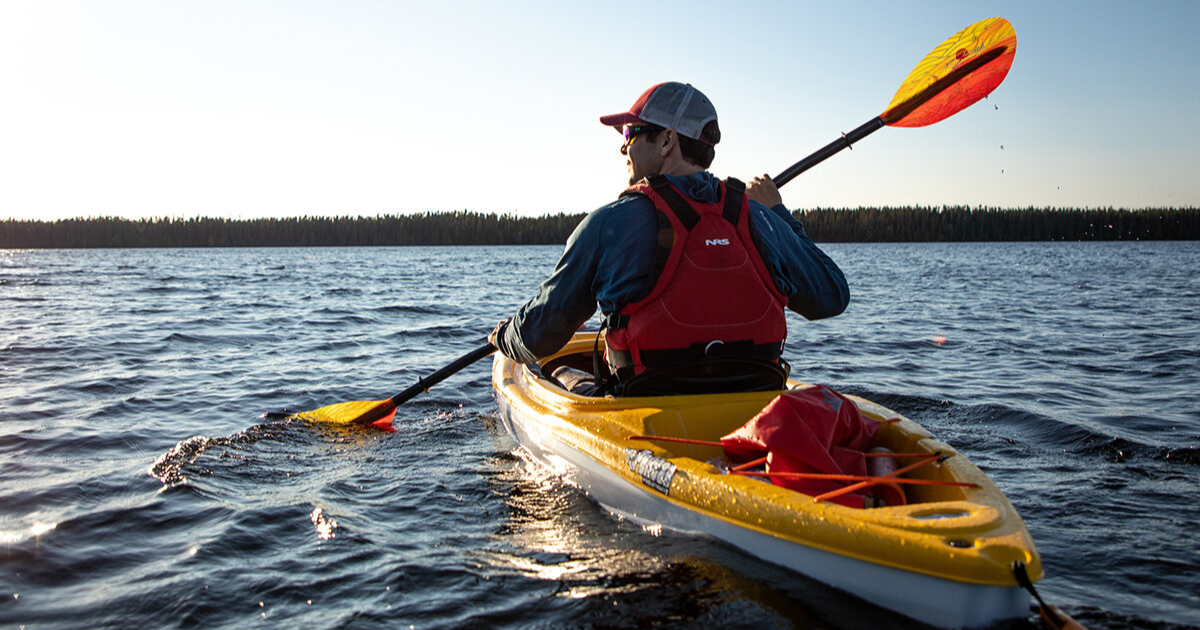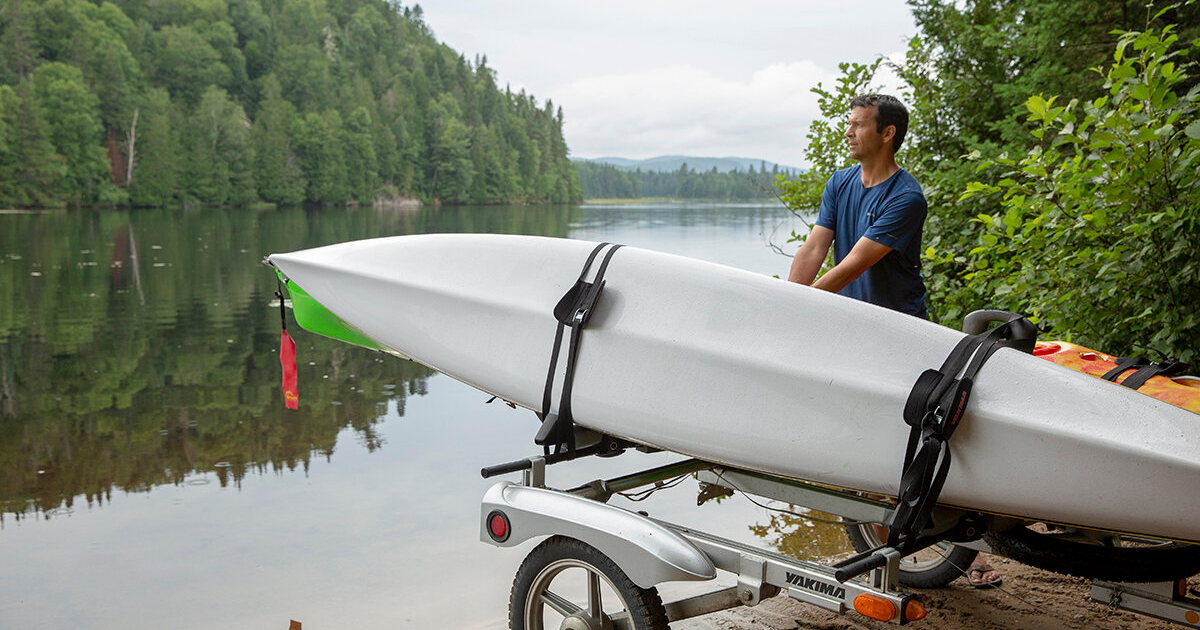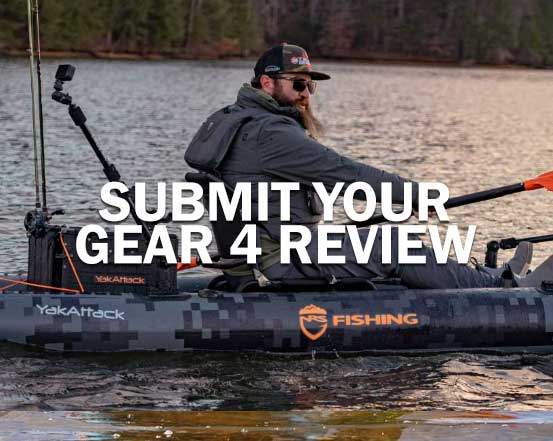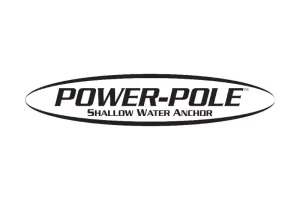Kayaks come in all shapes, sizes and colors and it can be hard to know what to buy if you're a first time buyer. So I'm giving you my tips on choosing a kayak for beginners, going over everything you need to know about sit-on-top kayaks vs sit inside, stability, length and more!
Sit-On-Top Kayaks
A-sit-on-top kayak is very comfortable because your legs aren't stuck in any one position. You're free to move around, and some sit-on-tops even have seats that can be raised or lowered. By having a higher sitting position, your legs can be in a more comfortable position.
There's also the fact that a sit-on-top kayak can act like almost like a big pool mattress. You can hop off, you can hop on, you can treat it like a floating dock that that can be paddled. It can't swamp, unless you compromise the hull itself. It can be flipped, rolled back up, and it's not gonna swamp and sink, because there’s air trapped the kayak that prevents that from happening.
A word of warning: to paddle a sit-on-top kayak is to be wet because you're exposed to all the elements. And for that reason, sit-on-top kayaks aren't as good for paddling in cold water and cold conditions. The right paddling clothing can certainly help with that, but it’s best to use a sit-on-top when you know the conditions are going to cooperate.
Sit Inside Kayaks
Sit-inside kayaks are great for rougher water, typically because you can stay protected from wind and waves.
You also get the advantage of being able to use a skirt with a sit-inside kayak, as it seals the kayak up and doesn't let water inside. Another advantage to a sit-inside kayak is that you have more control over the kayak as well.
A comparison that most people understand would be wearing flip-flops (sit-on-top) versus a hiking boot (sit-inside). With the flip-flop, you’re a lot more exposed to the elements and far less control, while with the hiking boot, you’re more protected and you can hike longer, faster and over rougher terrain.
Ultimately, when it comes down to choosing a sit-on-top or sit-inside kayak, you have to ask yourself “what are you most comfortable with?” If you would like the boat control, and are willing to sit inside a kayak, then a sit-inside kayak is a great option. If not, if you'd like to have the comfort, the non-claustrophobic feeling of sitting on top of a kayak, then that is the direction you should go.
Speed vs Stability vs Maneuverability
So once you've decided on a sit-on-top or a sit-inside, then you need to make some other decisions. Is it more important to have speed or is it more important to be stable? It depends on the type of kayaking you're doing.
If you're trying to cover long distances, then you're gonna want a kayak that's narrower and longer.
If you want a kayak that's more stable that you're less worried about flipping, then you want to kayak that's wider. It's really width that this impacts. The wider a boat is, generally speaking, the more stable it is. The narrower it is, the faster it will travel through the water.
Now, another decision that also relates to the shape of the kayak is what's more important, speed or maneuverability? A kayak that is shorter is more maneuverable. It can turn a lot more freely. A kayak that is longer tracks a lot better, stays on course and will typically go a lot faster in a straight line.
So, if speed is of the utmost importance to you, you're gonna want to choose a kayak that's narrower and longer. If stability and maneuverability is more important to you, or one or the other, then you're gonna want a kayak that's wider or shorter.
Transporting and Storage Considerations
Another consideration that a lot of people don't take into account is transportation and storage of the kayak. How are you going to get it to the water? And perhaps more importantly, where are you going to keep it when you’re not using it?
If you don't have a trailer or a car that can take a long kayak, or if you live in a small apartment or home with limited storage, then you probably shouldn't be looking at a 16-foot sea kayak.
This is where an inflatable kayaks or a folding kayaks really shine. There's tons of options out there now, and it would be impossible to list them all. Just keep in mind that while you’ll get better performance out of a folding kayak, they do tend to be more expensive. If you’re limited by your budget, an inflatable kayak will certainly do the trick, it just might not track as well as some of the other options out there.
At the end of the day though, both of these options will allow you to get out on the water.
Cost Considerations
Another key factor – and in many cases a deciding factor – is the cost. Kayaks can range anywhere from $300 to several thousand dollars. In fact, the most expensive kayak just was recently released on Kickstarter, which comes in at $10,000.
Now, there's a lot of differences between a $300 and a $10,000 kayak. The $10,000 kayak is really a piece of art, it's made completely out of carbon so it’s light as a feather, it’s handcrafted and it’s beautiful. When you compare that to a $300 kayak, which is usually made of polyethylene. With these boats, you typically don’t get great customization options, including outfitting and seating. To put it simply, you get what you pay for.
Why Spend More?
Typically, when you pay more for a kayak, you're getting two things: you're getting a kayak that’s made from better materials, and better outfitting, which translates to more comfort and more customization options.
Again, this all comes down to the type of paddling you're planning on doing. If you're going out for a casual paddle at the cottage or down at the river or lake a couple of times a year, then you really don't need a high-end kayak. For something like this, a plastic kayak will do the trick. Plastic also deals with abuse very well, like being dragged over rocky shorelines and things like that. It’s why whitewater kayaks are usually made from plastic – they hold up to the abuse.
If you're gonna be spending more time paddling, you may want to invest in a kayak that has better outfitting, such as a more comfortable seat, storage options and the abilility to add accessories (especially if you plan to fish from your kayak).
My best advice: set a budget and stick to it. When it comes time to test out boats, don't try a kayak that's outside your budget because once you do, you won't want to go back – I guarantee you.
Try Before You Buy
A final point that's worth making is that while you can go to the local big box store and pick up an affordable kayak, there are better options out there. Big box stores don’t offer the opportunity to try kayaks before you buy, and they’re also often lesser quality than something you could get at your local paddling shop.
Many shops and outfitters offer demo days that allow you to try multiple boats, paddles and even different types of PFDs. If you expect to spend a lot of time paddling or that you see yourself taking on as a longterm hobby, a demo day can be invaluable. Alternatively, you could always rent boats to really get a feel for a boat over a weekend, though this adds a bit of cost. Try out a bunch of boats, find what works best for you, and find out what you're most comfortable in, and go from there.
Also keep in mind that there is a great secondhand market available. Say for example you bought a Pungo 120 to get started and you outgrow its characteristics after a couple of years. The great thing about purchasing a boat like that is that it holds its value, and you’ll be able to recoup some of your cost, which you can then put towards your upgrade. There’s plenty of buy and sell groups on social media platforms, as well as Craigslist and Kijiji, to name a few. Again, your local paddling shop often has a good pulse on these types of things, so it’s always worth checking with them.
Check out Paddle Tales
Paddle Tales follows World Champion kayaker, Ken Whiting, around North America as he explores the continent by sea kayak, whitewater kayak, canoe, and stand up paddleboard, while telling the stories of the unique people and places that he encounters.
Made in Partnership With:

Special Thanks To:




